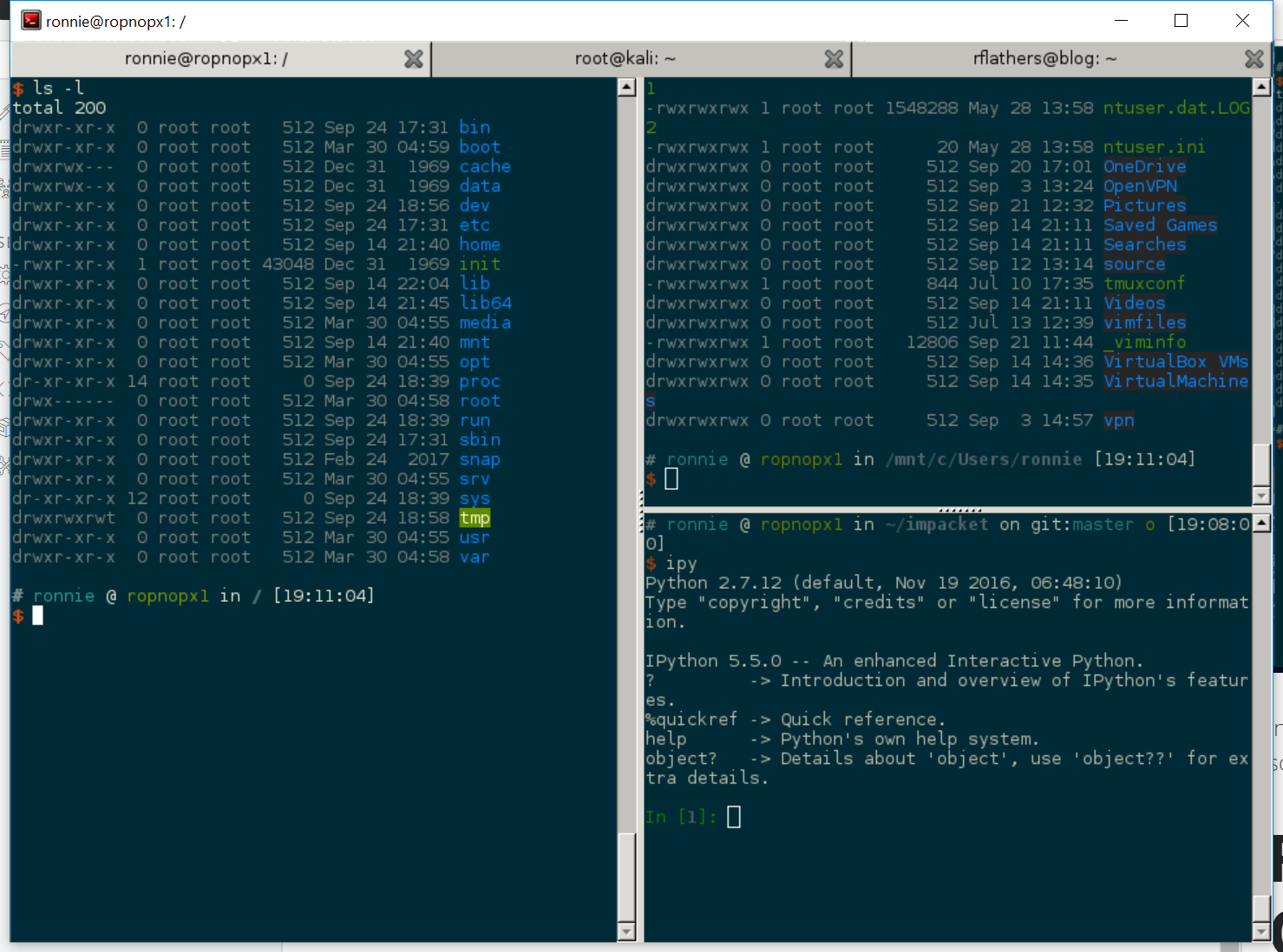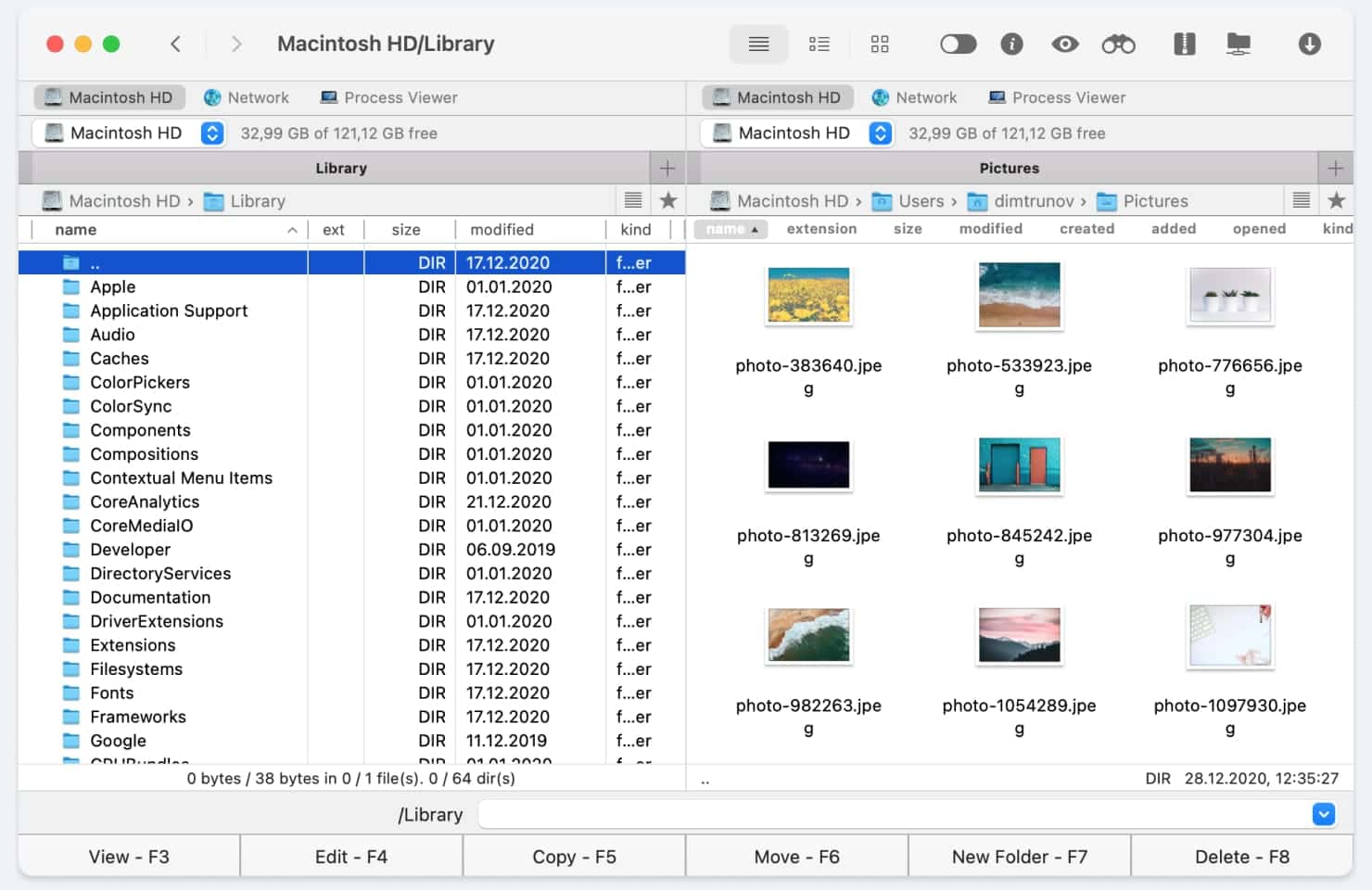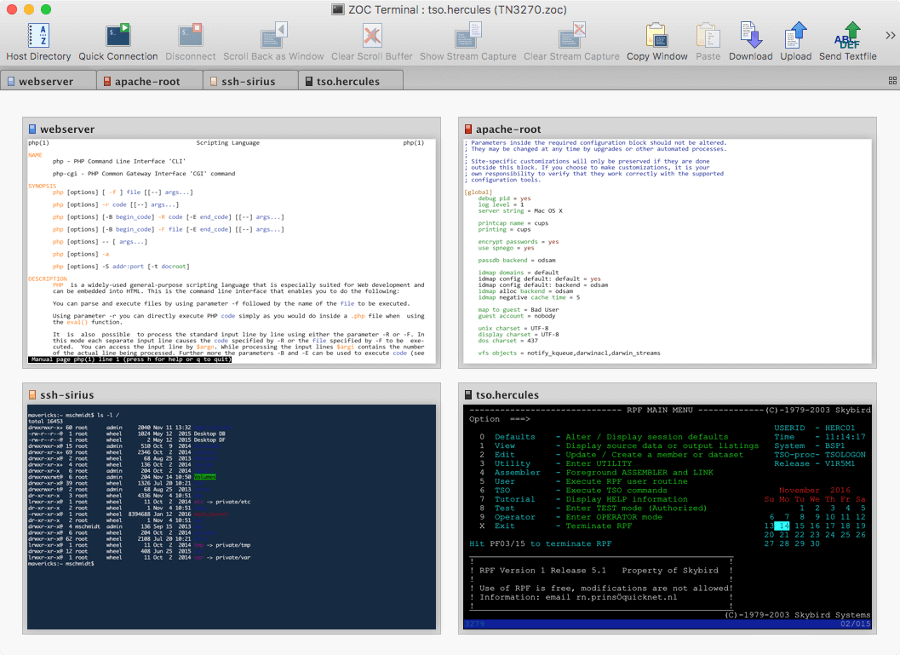
- FASTEST MAC OS TERMINAL EMULATOR HOW TO
- FASTEST MAC OS TERMINAL EMULATOR FULL
- FASTEST MAC OS TERMINAL EMULATOR PLUS
- FASTEST MAC OS TERMINAL EMULATOR WINDOWS
In line mode the terminal buffer will behave much like shell mode and normal Emacs buffers. I recommend the latter.ĭue to the way terminal emulators work, most of Emacs’s common keybindings are reserved for the subshell itself to get around this you can switch between line mode and char mode.
FASTEST MAC OS TERMINAL EMULATOR FULL
To run the terminal emulator, type M-x term or M-x ansi-term (for full ANSI support). Emacs’s emulator isn’t complete or perfect, so some interactive programs won’t work properly, but most things like top and ssh will. The Emacs terminal emulator is exactly that it emulates the VT100-style ANSI escape codes, just like xterm or rxvt. I replace the redundant “help” binding on f1 with shell: (global-set-key 'shell) Terminal Emulator
FASTEST MAC OS TERMINAL EMULATOR WINDOWS
In fact, it is my preferred shell as I do a lot of Windows development and need a “native” shell to ensure my stuff works correctly on machines that may not have Cygwin set up. If you’re on Windows it is the simplest thing to use out-of-the-box, as, even without interactive support, it is vastly superior to the standard command prompt. To get around this, some programs will let you force it to run in interactive mode. This limitation can be a problem as, traditionally, some UNIX apps behave differently (by suppressing the prompt for instance) if they detect their input and output is redirected. There’s a better, and more complete, way of getting Cygwin bash to work in Windows.Īll shell does is redirect the input and output to Emacs, and that means interactive console programs (like top, ssh, midnight commander, etc.) won’t work properly. The example above is just a quick-and-dirty example. (add-hook 'comint-output-filter-functions 'comint-strip-ctrl-m)

( setq explicit-bash.exe-args '( "-noediting" "-login" "-i"))
FASTEST MAC OS TERMINAL EMULATOR HOW TO
Here’s a quick example of how to get bash working in Windows: ( setq explicit-shell-file-name "C:/path/to/bash.exe") If you’re on Windows, make sure you include the extension! NOTE: If you change the default shell, you must create a new variable called explicit-args where filename is obviously the filename of the new shell – and the variable itself should contain a list of arguments. It is governed by explicit-shell-file-name, the ESHELL environment variable or shell-file-name, in that order.

It is a wrapper around your default shell. The inferior shell is what you get when you run M-x shell.

Yeah, confusing… The Inferior Shell (“Shell Mode”) Confusingly, there is a shell (called “shell” or “shell mode”) which, by the nature of how it works, is also an inferior shell. Shells like M-x shell and M-x python-shell inherit from comint mode.Įmacs provides you with three shell ways of interacting with a shell (like bash or zsh), and these shells are often called inferior shells. comint-mode introduces low-level functions for dealing with interactive shells that require user input, a history ring, and so on.

This article is only a quick overview of all the shells: I plan on tackling each one, in-depth, later on.Īll external, interactive shells in Emacs are derived from something called comint-mode.
FASTEST MAC OS TERMINAL EMULATOR PLUS
If you use Emacs as your shell you will have all the functionality that Emacs provides plus you get almost all of the advantages provided by the shell itself, but built into Emacs. If you come from other editors or IDEs you’re probably using an external terminal window (like xterm), a terminal multiplexer (like GNU Screen) or console window (in Windows) and switching back and forth. One of Emacs’s strongest selling-points is its shell integration and terminal emulation. To use Emacs effectively, you must learn to use all that Emacs has to offer.


 0 kommentar(er)
0 kommentar(er)
